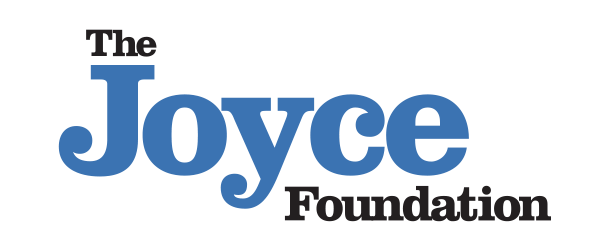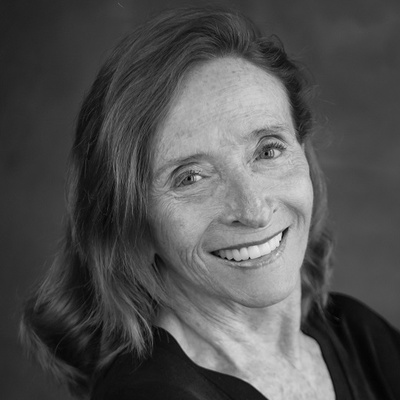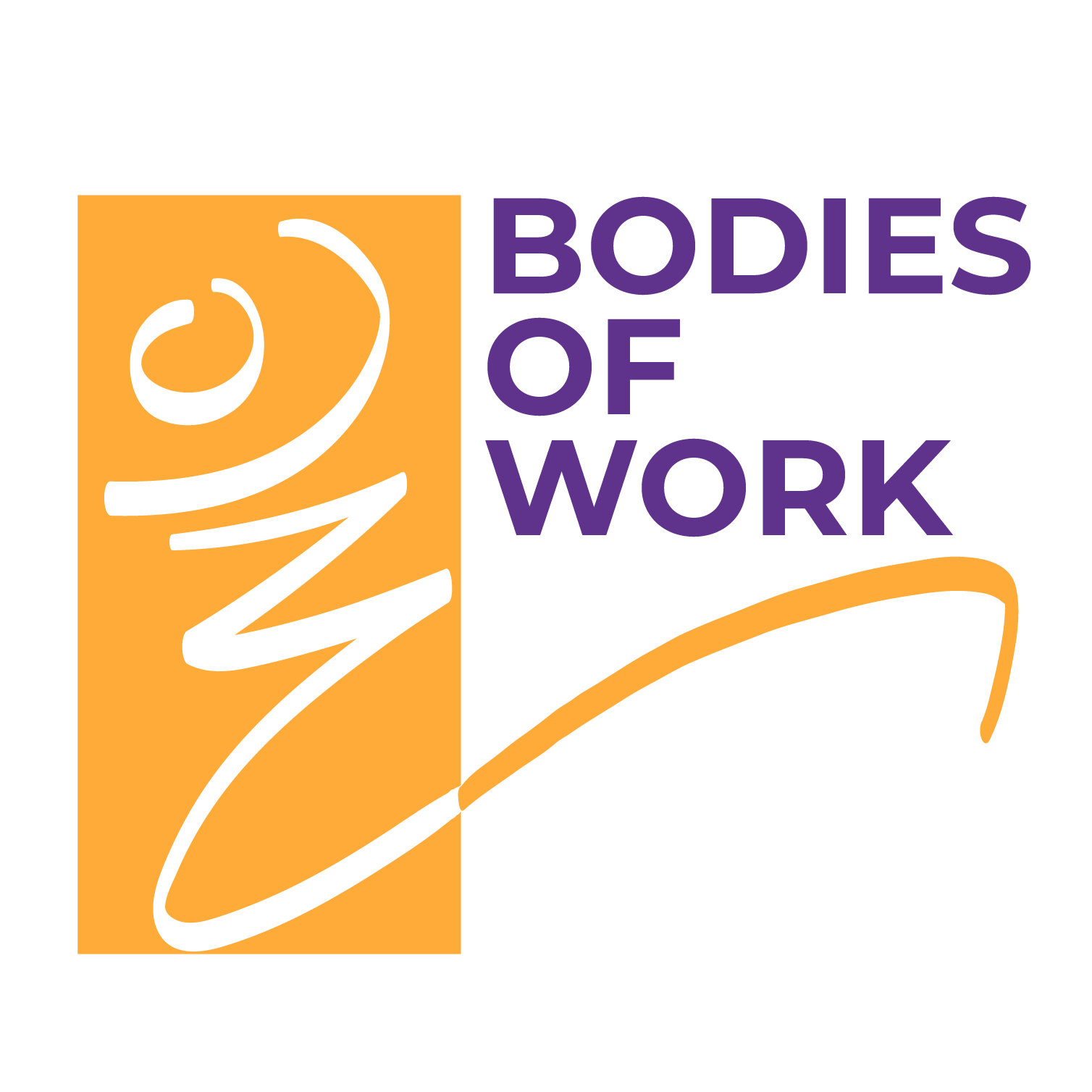From Stage to Stage
Spring 2020
Dance artists, Ginger Lane and Kris Lenzo, in conversation with filmmaker Justin Cooper. They discuss their legacy in the disability arts community in Chicago, the challenges of stage accessibility, and perpetually being on stage as disability activists.
This is a transcript of the closed captions from the video conversation.
Justin Cooper: This series highlights the voices and work of Chicago artists who have participated in the 3Arts Residency Fellowships at UIC (University of Illinois at Chicago). I had the chance to connect with Ginger Lane and Kris Lenzo, both are dancers and choreographers deeply involved with the Chicago integrated dance community.
Ginger has been a long-standing voice for disability rights and has performed with the Joffrey Ballet of Chicago, Dance>Detour, and has co-founded the physically integrated dance festival CounterBalance.
Kris Lenzo has been a national champion in both wheelchair basketball and track before dedicating his time and energy to choreographing, performing, and teaching integrated dance.
We discussed their involvement in the disability arts community how having a disability automatically puts you on stage and how accessibility is important not only for audiences but for potential performers.
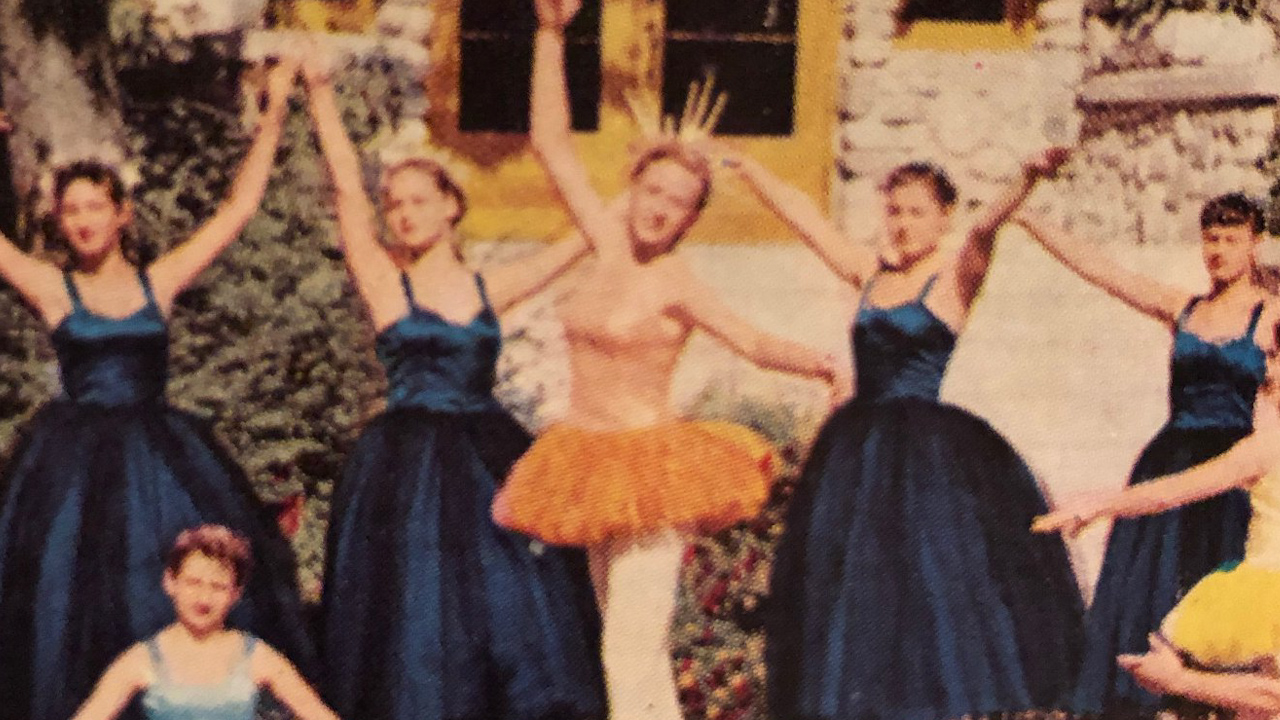 Ginger pictured as a ballerina in a tutu centered amongst other dancers image courtesy of Ginger Lane
Ginger pictured as a ballerina in a tutu centered amongst other dancers image courtesy of Ginger Lane
Ginger Lane: I've been a dancer all my life and I was a classical ballet dancer prior to acquiring my disability and so I thought that once I had a spinal cord injury I would no longer be able to to dance and to perform in joining this community it gave me permission to dance again and to be the artist that's inside me and to learn from other people which has been eye-opening.
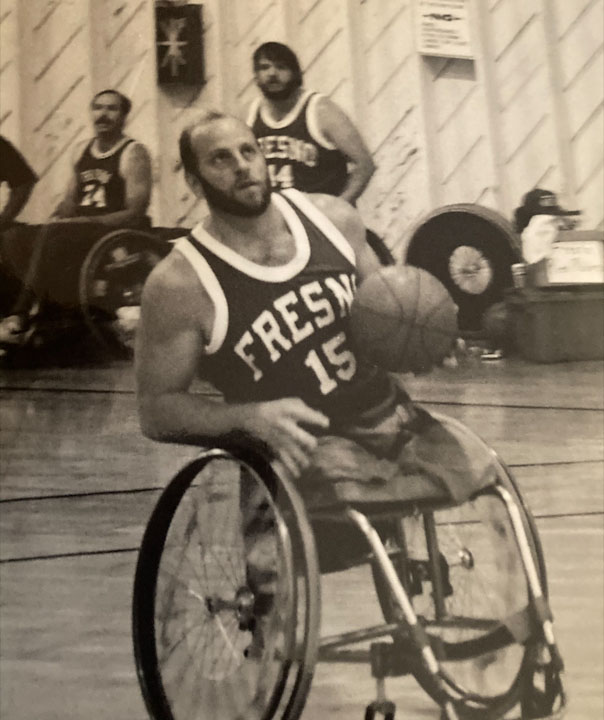 Kris in action rushing down the basketball court, ball in hand image courtesy of Kris Lenzo
Kris in action rushing down the basketball court, ball in hand image courtesy of Kris Lenzo
Kris Lenzo: I lost my legs when I was 19 in summer of '79. I started playing wheelchair basketball and played for like decades and loved it and when I started dancing it was like a new thing for me to try I think it the mobility skills, quickness, and turning and that from playing basketball and from racing translated to dance well, it gave me the ability to be more physical right off the bat.
Justin: What has it meant to you to be a part of the Chicago disability arts community?
Ginger: I mean I've been connected to the disability community for about 35 years and connected to the disability arts community for the past 25 years and Kris and I were early members of the Disability Arts Consortium and the Disability Arts Movement in its early phases in about 2002 and 2003.
Kris: I wasn't really looking to get into it. Momenta, the dance company in Oak Park, has a dance school and a preschool and a music school called the Academy of Movement and Music and my daughter was a preschool student there and I asked the owner, you know, would it be that hard to make the building accessible she did raise money and put in a ramp, made both the bathrooms wheelchair accessible and put in a lift to go from the main floor to the second floor, then she came back and said we're doing a dance featuring dancers with and without disabilities would you like to be in it, I'm like I just wanted a ramp, you know, I don't want to go on stage. My whole dance career started from that opportunity.
Momenta: An Integrated Dance Company video by Fun4 TheDisabledGinger: Because the physical access hasn't always been here, the stage is the last place that they make accessible in a venue. The venue might be accessible, but the idea that you're going to have people using wheelchairs that need access to the stage to perform is a relatively new idea so you can be in a place that's got every accommodation available to the audience but if you have a disabled performer they're going to have to crawl up a flight of stairs to get on stage.
Justin: exactly, yeah, all right they can be part of the audience but they're not going to be on stage.
Ginger: The challenges remain and initially it was we're sort of invisible to the larger dance community it's getting better but it has always been a challenge and a struggle to get them to recognize that we are a viable art form.
Justin: Knowing both you all as a disabled artists I wanted to draw upon your experiences in the 3Arts Residency Fellowships at UIC I wanted to talk about how your work relates to disability aesthetics as a series of intersecting cultures.
Ginger: The residency has enabled me to explore what are the intersections between disability and social justice, disability and race, disability and gender. These are things that really had not been at the forefront of my thinking until I was able to join the residency program.
Kris: I think a disability aesthetic is kind of like bringing your disability experience into your work. You know addressing those, the issues of chronic pain, insomnia, memory challenges.
Ginger: I think we are activists every time we go out and try to make a theater or class space accessible we're making a statement just by being there and by insisting that we have a seat at the table that we run organizations, that we run dance companies that we are choreographers that we are musicians that's a bit of how see activism.
Kris: I would say doing the work creating the work performing the work is a form of activism. People with disabilities are always stared at, so you're kind of on stage whether you chose to be or not and so what you do with that audience is a form of activism as well.
Justin: What drives you as an artist with disability?
Ginger: What drives me is the need to express myself. The freedom of movement that relates to music, the environment, other artists and acknowledges work that acknowledges our differences and our commonalities. Because I use a wheelchair, I see everything from a seated vantage point, so everything is on this ort of horizontal plane. The two ways that I like to think about in working is line and circles. Line is critically important to ballet, but I also, because I sit in a wheelchair, think about the circles of the wheels.
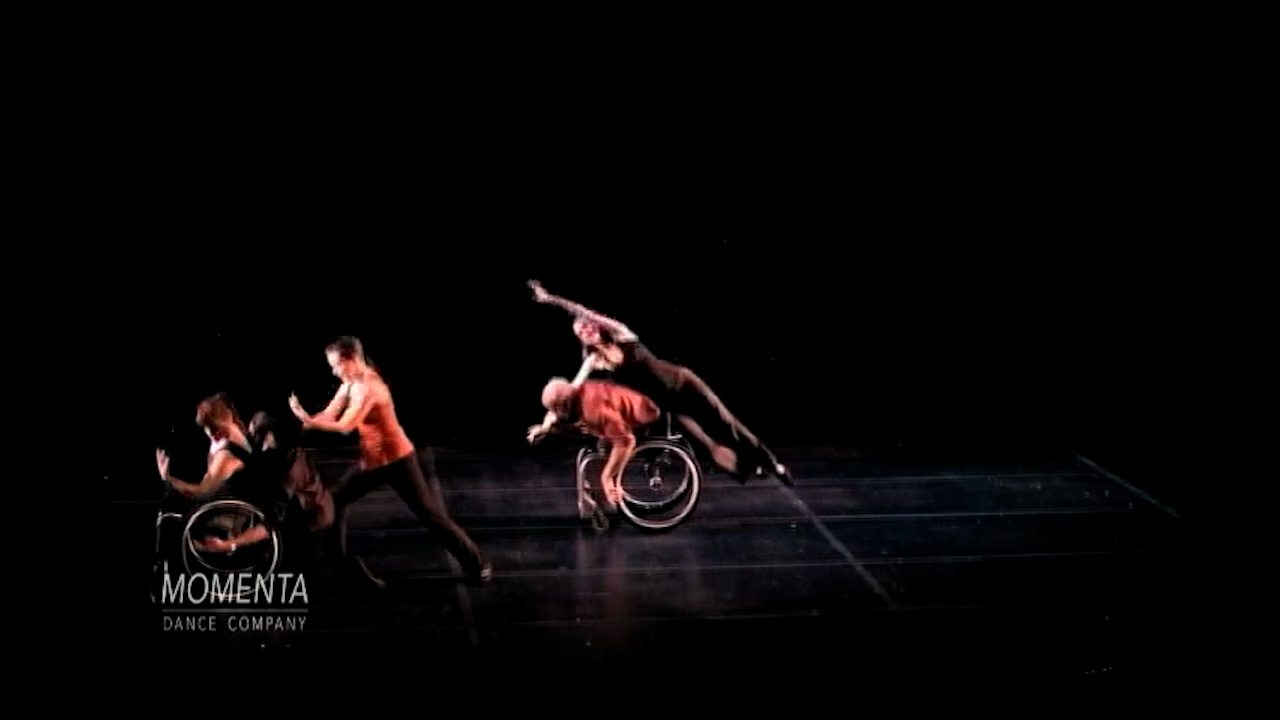 A clip from Vortex where six wheelchair dancers fly across the stage.
A clip from Vortex where six wheelchair dancers fly across the stage.
The piece called the 'Vortex' was hard driving because of the constant moving of six wheelchairs on stage crossing. I enjoyed it but it was tough to manage all the wheelchair traffic basically, the kind of rapid crosses and near misses and stuff.
Kris: Right, near misses and sometimes crashes!
Ginger: It was kind of fun!
Kris: several years before, Sarah Cullen Fuller had set a duet on Anita (Fillmore Kenney) and I called 'Full Moon' which I really loved that whole process, like I start off by getting into my chair but, I'm sitting backwards in it and I'm ushing forward but the chair is going backwards across the stage and then for the majority of the dance I'm on the floor doing floor work it was really fulfilling to try something new like that.
Justin: When are you satisfied with the work that you are performing or choreographing?
Kris: Usually I just have like a sense of it when I'm satisfied with like what I'm doing it just seems like it goes by really quickly you finish it, you do it, and you finish it and you're ike, that was it...
Ginger: What's critically important is finding our own authentic voice in what we want to communicate, what we want to say and not be held to somebody else's standard. Just embrace your own movement and come up with what you want to do. We are so often disenfranchised and dismissed as people because we have disabilities and coming together in this community of artists allows us to celebrate and we've seen the growth of this movement over the past 25 years which has been terrific and helps us celebrate our resilience and our strength as artists and really what it means to be human.
Jusin: Thanks for making time for the conversation.
The Disability Culture Leadership Initiative and 3Arts/Bodies of Work Residency Program are supported in part by grants from
the Joyce Foundation and the National Endowment for the Arts.
